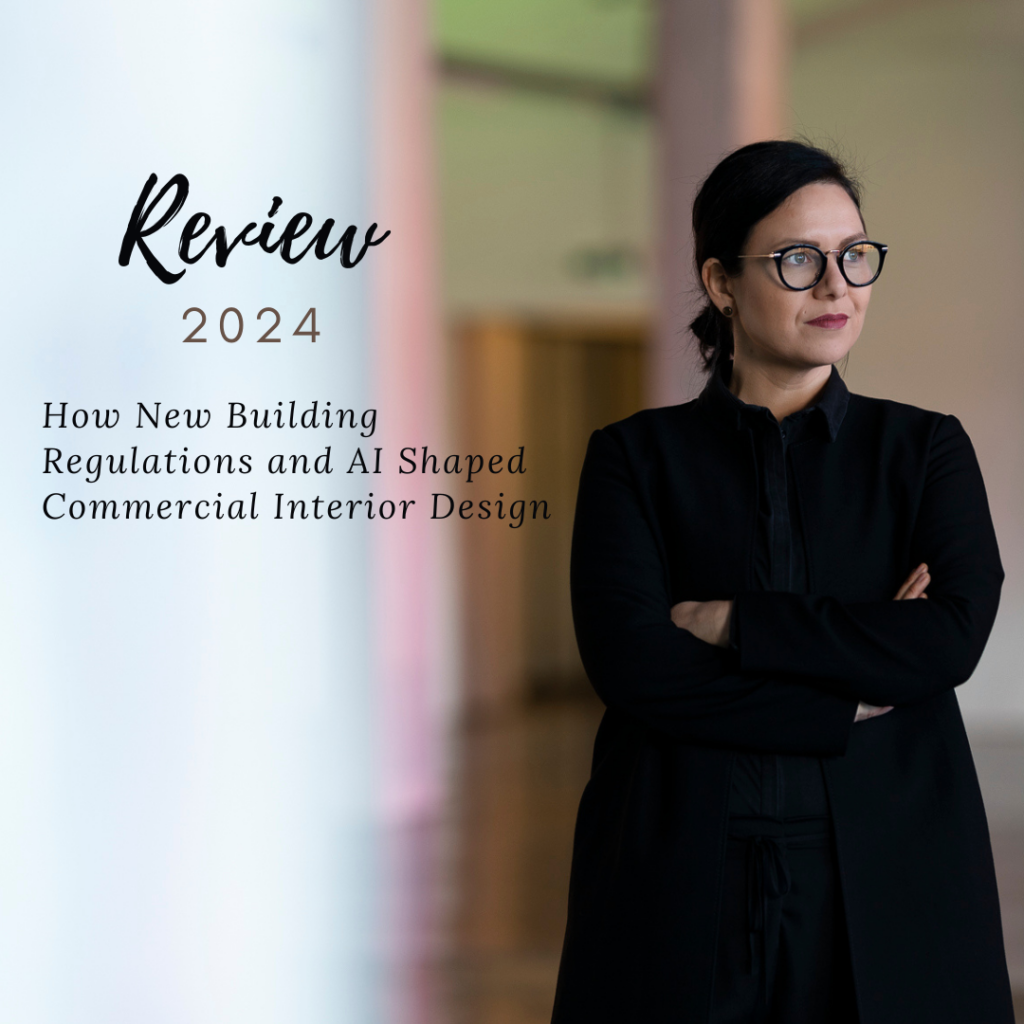The Illusion of Sustainability: Greenwashing & Marketing Strategies
Companies’ CO2 targets are ambitious, primarily due to taxonomy and other political regulations, but also due to public pressure from consumers.
According to the Federal Ministry for the Environment, GreenTech companies in Germany expect an average annual revenue growth of 9.9 percent by 2025. In 2020, a global market volume for environmental technology and resource efficiency of over four trillion euros was achieved for the first time.
Some companies set even more ambitious sustainability goals than politics. Google, for example, aims to be completely CO2-free by 2030. Ikea plans to become climate positive by 2030 by reducing more greenhouse gas emissions than are emitted in their value chain. Both Amazon and Deutsche Telekom have set the goal of becoming climate-neutral by 2040, while Deutsche Post aims to achieve this goal by 2050.¹
To meet customer expectations and remain competitive, many companies resort to greenwashing measures.
What is Greenwashing?
Greenwashing is a marketing tactic aimed at projecting an image of sustainability to deceive consumers. Companies deliberately use terms like “eco-friendly” or “sustainable” without actually taking corresponding measures. This deception is found not only in the textile and food industries but also in architecture and interior design.
To protect oneself from the deceptive practices of greenwashing, it is unfortunately necessary to look closely and critically question. The methods of deceiving the human brain in this consumption-driven society using clever marketing tools are becoming increasingly difficult to see through.
A close look behind the advertising claims and the verification of certifications are therefore essential.
As consumers, we should be aware that authentically sustainable companies do not need greenwashing tactics – their actions speak for themselves.
Greenwashings Methods
It is crucial to be aware of the various strategies of greenwashing. A widespread method is the so-called “Token Greening,” where companies take only minor, superficial measures to make their product or brand appear eco-friendly. This can range from using green logos to placing plants on the packaging. These superficial gestures often deceive about the actual environmental impacts of the products and distract from real sustainability efforts.
Another common method of greenwashing is “shifting responsibility,” where companies shift the responsibility for environmentally harmful practices to other actors. By outsourcing production processes or blaming suppliers, they try to maintain their own image of sustainability while the actual environmental impacts are shifted to others. This shifting of responsibility means that companies are not really held accountable and the actual problems are not solved.
Well-known representatives of such marketing or other practices include, for example, Nestlè. The company is criticized for various greenwashing, bluewashing, or social washing methods, animal testing, or human rights violations.
It is also common for companies to boast with unverifiable statements without providing the necessary evidence. An example is the claim that a product contains a certain percentage of recycled materials. As long as no independent party confirms this statement, it remains in the dark for the consumer.
Moreover, vague terms are often used that lead nowhere in terms of eco-friendliness. “Natural,” for example, is such a vague term – where exactly is the line between natural and unnatural? Is it the origin of the ingredients or the type of production? Unfortunately, this ambiguity is often used to create a good feeling when buying, without guaranteeing concrete sustainability.
Irrelevant information is also often used to mislead consumers. A classic example is advertising with “CFC-free” in spray cans. Since CFCs as greenhouse gases have long been known to be environmentally harmful and were banned years ago, the absence is not an act of eco-friendliness but simply legally required. Nevertheless, this feature is often used to polish products and enhance one’s own image.
Greenwashing in Interior Construction
Greenwashing in the field of interior construction refers to misleading or dishonest practices where companies claim to be environmentally friendly, but in reality, do not implement sustainable measures. This can be seen in the use of materials with questionable environmental impacts, such as non-recyclable plastics or heavy metals. Companies might, for example, claim that their products are “green” even though they actually waste significant resources or release toxic chemicals. This deception aims to enhance the company’s image without considering actual environmental impacts.
Some examples of greenwashing in interior construction are:
-
Use of materials with questionable environmental impacts, which are advertised as “green” or “environmentally conscious” but in reality contain harmful chemicals or are not sustainably extracted.
-
Lack of transparency about the origin and production conditions of the materials used, although sustainability and environmental protection are emphasized in the advertising. Or even the forgery of supplier evidence, certificates up to certificates.
-
Claims about energy efficiency or ecological benefits of products that cannot be supported by independent certifications or studies. Use of “green” building materials only to a limited extent to fulfill marketing promises, without real circular economy.
-
Greenwashing through seemingly sustainable packaging or marketing materials that distract from the actual environmental impacts of the products. In architecture, for example, the integration of solar panels or green roofs, while most of the building is constructed in an environmentally harmful way.
In a recent article by sentinel-haus.de, a clear warning is given against the falling angels of the greenwashing trap. The promise of a circular building that is supposed to keep all materials in the cycle sounds promising but is usually just an unrealistic dream. Unfortunately, there is often a lack of concrete evidence and independent verification to substantiate such statements. It is important to critically question whether the stated eco-friendly goals are actually achieved and not just serve as empty marketing slogans.
To avoid greenwashing in interior construction, it is advisable to rely on independent certifications such as the Cradle-to-Cradle certificate or the Blue Angel seal. These seals guarantee a traceable and transparent production and supply chain considering ecological criteria. Furthermore, it is important to consider the building or interior as a whole to identify possible greenwashing.
As planners, it is necessary to inform oneself about the materials and manufacturing processes in order to make an informed decision for sustainable and environmentally friendly interior construction or building.
Ultimately, it is of great importance for companies in interior construction to take responsibility and make honest statements about the sustainability of their products and services. This transparency not only provides an essential basis of trust for customers and partners but also forms the foundation for future political restrictions. Preparing for this and being accordingly prepared is, in my opinion, the obligation of every company that wants to set up its business model sustainably in the long term.
With the right strategy, sustainable building does not have to function only as a marketing element but can become part of the brand identity.
Contact me and let us find a solution that can be easily integrated into your business processes.
¹https://www.quarks.de/umwelt/klimawandel/darum-ist-greenwashing-ein-problem/



